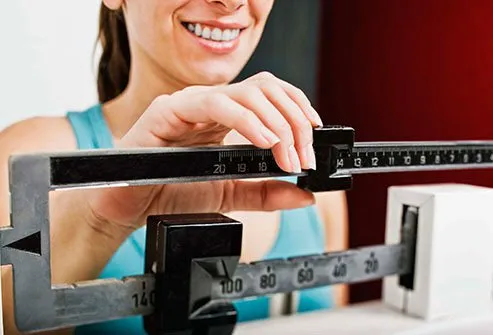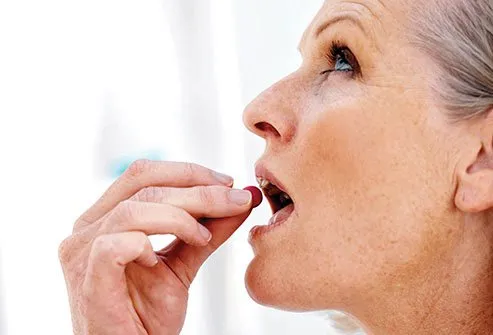What Is Prediabetes?

It's when your blood sugar is higher than normal, but not high enough to be called diabetes. You won't necessarily notice any symptoms -- you can have it and not know it. A simple blood test can tell you if you do. You're at risk if you’re overweight, over 45, and you don't exercise. It makes you more likely to have type 2 diabetes and heart disease, but you can take steps to change that.
Lose Weight

It doesn't have to be a lot. If you lose just 7% of your body weight, it can make a huge difference (that's only 14 pounds for a 200-pound person). The first step is to eat healthier food with fewer calories. Start by keeping track of your weight, eating habits, and physical activities.
Eat Healthy

A good rule of thumb is to fill half your plate with non-starchy vegetables (asparagus, Brussels sprouts, and carrots, among many others). One quarter should have starchy foods (like potatoes, corn, or peas). The remaining quarter should be protein -- chicken, fish, or beans are best. Be extra careful with carbs like baked goods or pasta -- they can raise your blood sugar.
Exercise

You'll lose weight faster and feel better if you get out and burn more calories. You don't need to train for a marathon: A brisk 30-minute walk five times a week should do the trick. A workout buddy can sometimes help you stick to a routine, so call a friend or join a gym and make some new ones. Aerobic exercise (walking, swimming, dancing) and strength training (weight lifting, pushups, pull-ups) are both good. A little of both is best.
Get Your ZZZs

The right amount of shut-eye helps keep your blood sugar at healthy levels. If you can't stay asleep, wake up too early, or get less than 5 hours a night, you’re more likely to get diabetes. About 7 or 8 hours a night is ideal. For better sleep, don't have alcohol or caffeine late in the day, keep regular sleep hours, and stick to a calm, quiet bedtime routine.
Don't Smoke

If you smoke, now's the time to quit. Smokers are 30% to 40% more likely to get type 2 diabetes than nonsmokers. And if you get diabetes and still smoke, your symptoms may be worse and your blood sugar may be harder to control.
Medication

Certain drugs can help with blood sugar levels and obesity, as well as high cholesterol and high blood pressure. And you’re more likely to have those if you have prediabetes. If you do, take your medication as prescribed -- it can improve your health and help you live longer.
Get Support

When you have people to share your good days and bad days with, it can make a big difference. Peer support groups can be a place to learn from others and get and give encouragement and understanding. Your doctor can help you find one that works for you.
Prediabetes: You Can Turn It Around
This tool does not provide medical advice. See additional information: 
© 1996-2024 WebMD, LLC. All rights reserved.
Source slideshow on WebMD
